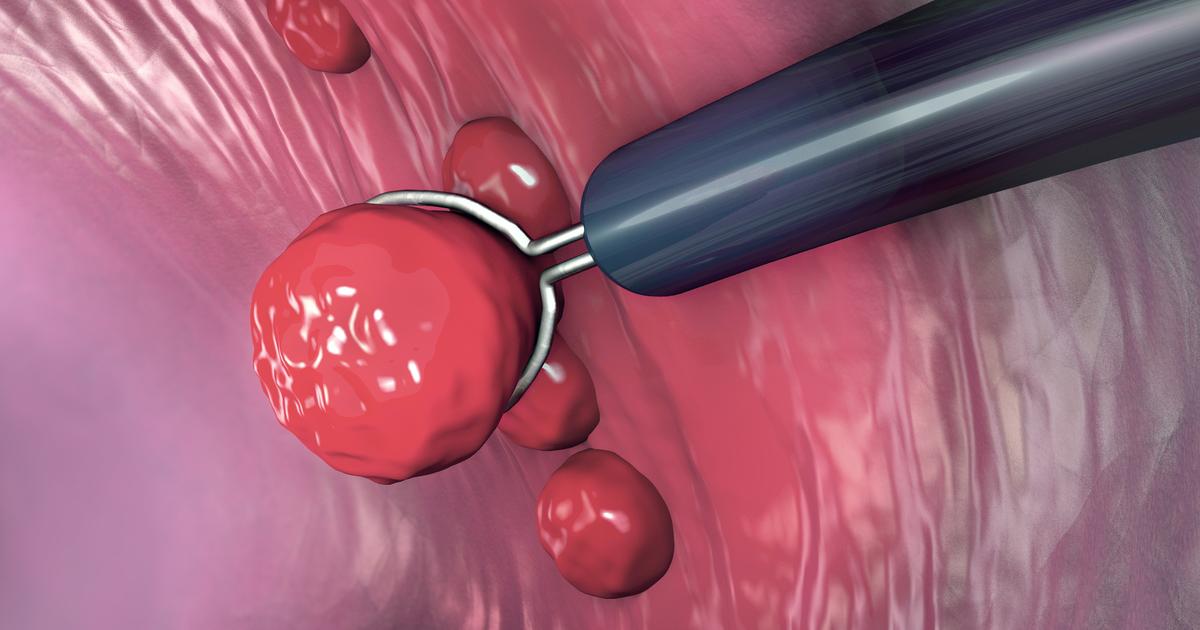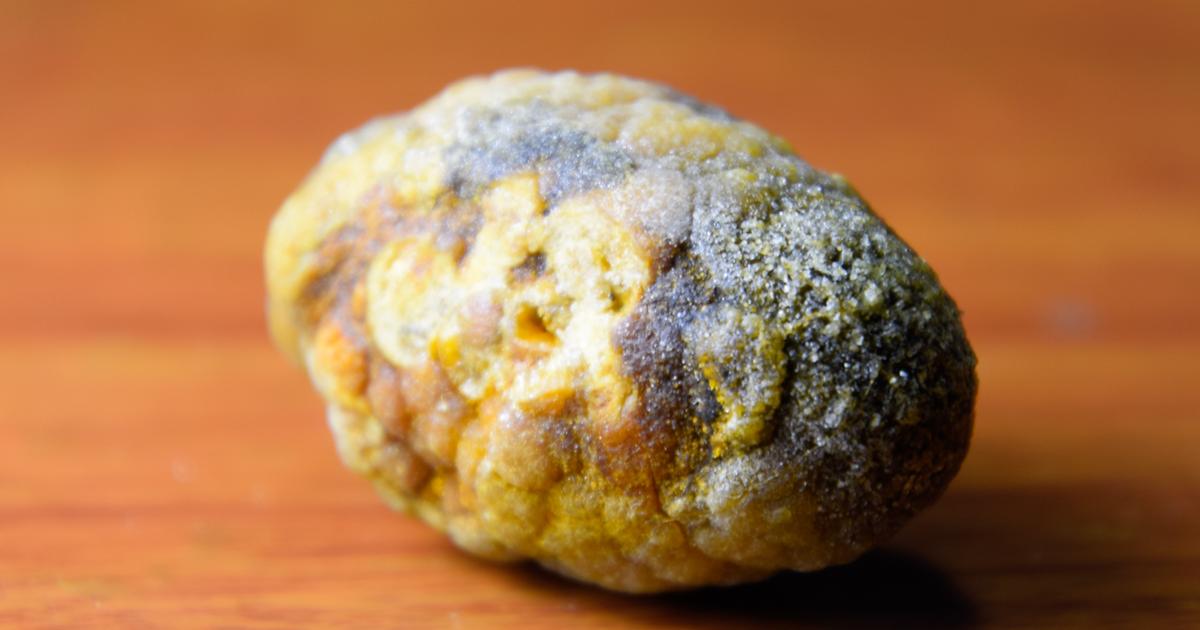Guide To The Conditions That Affect The Gallbladder
Gallstones
When the solubility threshold for the contents of an individual's gallbladder has not been met, solid particles can form from the bilirubin, bile, and cholesterol in the gallbladder. These solid particles are referred to as gallstones. They range in size from a grain of rice to a golf ball. There are two main types of gallstones: pigment and cholesterol stones. Pigment stones form when there is too much bilirubin content in the bile. Cholesterol stones form when the amount of cholesterol becomes too high in the bile.
Gallstones only produce symptoms when they grow large enough to cause complications with the gallbladder's normal operation. Large gallstones can cause pain when the gallbladder contracts after a meal. Some gallstones can obstruct the flow of fluid from the gallbladder to the small intestine. An individual with gallstones may experience vomiting, nausea, indigestion, bloating, fever, belching, intolerance of greasy food, and jaundice. Gallstones are diagnosed with a physical examination, blood testing, urine testing, x-rays, oral cholecystogram, and ultrasound. Treatment may include extracorporeal shockwave lithotripsy and medication to dissolve the stones. In addition, patients may need surgical removal of the gallbladder or gallstones.
Learn more about the various conditions that affect the gallbladder now.
Gallbladder Polyps

Gallbladder polyps occur when an individual has an abnormal tissue growth that features a stalk that grows inside the gallbladder from its interior lining. Polyps that grow in the gallbladder can be malignant. However, ninety-five percent of all gallbladder polyps are benign. The likelihood of malignancy presence in a gallbladder polyp increases as the polyp size increases. Polyps in the gallbladder that are greater than .75 inches in size have a high chance of being malignant. In addition, polyps greater than .5 inches have an increased risk of malignancy. Those that are less than .5 inches are rarely malignant. Symptoms of gallbladder polyps include vomiting, nausea, and occasional hypochondrium.
These polyps are diagnosed using a physical examination, abdominal ultrasound, and endoscopic ultrasound. Treatment relies upon how large the abnormal growths are and may include regular monitoring with ultrasounds, surgical gallbladder removal, diet changes, and prescription or over-the-counter pain medication.
Learn more about the different conditions that affect the gallbladder now.
